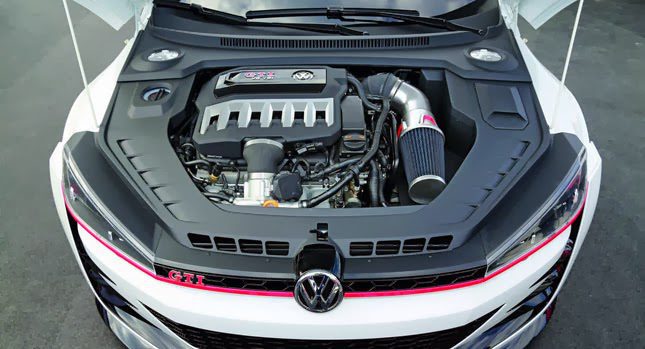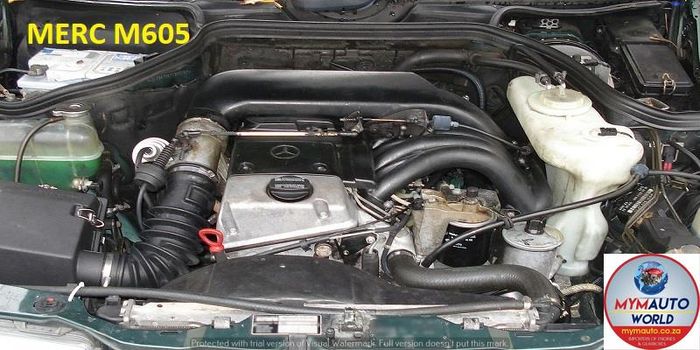Opel Corsa Engine: Whatever You Need to Know Before Acquiring
Wiki Article
Checking Out the Inner Workings of a Compact Vehicle's Engine System
As motorists, we frequently take for provided the complex processes that happen within the boundaries of our car's engine system. In this expedition of a small automobile's engine system, we will decipher the internal functions of this mechanical symphony, dropping light on the enigmas that drive us forward on our everyday trips.Combustion Refine Review
The combustion process in a small automobile's engine system is an essential mechanism that effectively transforms gas into power to power the lorry. This process takes place within the burning chamber of the engine, where gas and air mix, stir up, and produce controlled surges. The combustion process includes 4 major phases: consumption, exhaust, compression, and power.During the consumption stage, the piston relocates downward, reeling in a blend of air and fuel right into the burning chamber. The next phase, compression, involves the piston relocating up, pressing the air-fuel mix to raise its strength. Ultimately, in the power stage, the stimulate plug ignites the pressed mixture, leading to a quick growth of gases that forces the piston pull back. This downward movement creates the power needed to drive the automobile. Finally, in the exhaust stage, the burnt gases are eliminated from the burning chamber through the exhaust valve, preparing the chamber for the following cycle. This cyclic burning process is basic to the operation of a small lorry's engine system, guaranteeing reliable energy conversion for propulsion.
Piston and Cyndrical Tube Communication

The piston's specific fit within the cyndrical tube is essential for maintaining ideal compression and stopping energy loss during combustion. Tight clearances between the piston and cylinder wall surfaces ensure efficient sealing, enabling the piston to move smoothly without permitting gases to leakage past. Proper lubrication is also vital to lower rubbing and wear between these elements, improving durability and performance.
Moreover, the style and materials used in manufacturing the piston and cyndrical tube influence engine efficiency and sturdiness. Modern engines frequently employ light-weight yet long lasting materials like aluminum alloys for pistons and cylinder liners to decrease inertia and improve thermal effectiveness. In general, the unified communication between the piston and cylinder is basic to the engine's capability and total efficiency.
Gas Shot System Functionality
Gas shot systems in small vehicle engines play an important function in precisely providing fuel to the combustion chamber for efficient and regulated ignition. The gas injection system functions by injecting fuel into the combustion chamber at the optimum moment throughout the engine's operation (opel corsa engine). This accurate timing makes certain that the gas blends uniformly with the air for proper burning, leading to boosted gas efficiency and minimized exhaustsThere are mainly 2 kinds of fuel injection systems made use of in portable lorry engines: port gas shot (PFI) and straight gas injection (DFI) PFI systems infuse gas right into the consumption port before the consumption valve, while DFI systems infuse fuel directly into the combustion chamber. Both systems have their benefits, with DFI providing far better fuel atomization and PFI providing a much more cost-effective option.
Recognizing Engine Cooling Devices
Efficient procedure of a small car's engine relies heavily on the performance of its article source cooling systems. The air conditioning system in a compact car usually consists of several components functioning with each other to control the engine temperature. Understanding these engine air conditioning devices is crucial for preserving the performance and longevity of a small vehicle's engine system.
Exhaust System Elements Explained
The optimum functioning of a portable vehicle's engine air conditioning systems relies on a complementary system referred to as the exhaust system, which comprises numerous necessary parts for making sure reliable discharges and engine performance. The exhaust system consists of parts such as the exhaust manifold, catalytic converter, muffler, and tailpipe. The exhaust manifold gathers exhaust gases from the engine's paths and cyndrical tubes them to the catalytic converter. The catalytic converter then transforms dangerous toxins in the exhaust right into less hazardous discharges before launching them with the muffler and tailpipe.One important component of the exhaust system is the read oxygen sensor, which checks the oxygen levels in the exhaust gases to assist manage gas intake and guarantee optimum engine performance. have a peek at this site opel corsa engine. In addition, the resonator may be existing in some exhaust systems to decrease sound levels. Generally, the exhaust system plays an essential function in maintaining engine performance, reducing damaging exhausts, and making certain a quieter driving experience for compact automobile owners

Conclusion
In verdict, the portable vehicle's engine system is a complicated mix of elements that collaborate to facilitate the combustion procedure, transform gas into energy, and get rid of waste gases. Comprehending the internal operations of the engine system, consisting of the piston and cylinder communication, fuel injection system, engine cooling mechanisms, and exhaust system elements, is vital for preserving optimum performance and performance of the car.The burning process in a portable automobile's engine system is a crucial mechanism that successfully transforms gas right into power to power the lorry.Gas shot systems in small automobile engines play an essential duty in specifically supplying gas to the burning chamber for reliable and regulated ignition.There are mostly 2 kinds of gas shot systems used in small automobile engines: port fuel injection (PFI) and straight fuel injection (DFI) Understanding these engine air conditioning systems is important for maintaining the efficiency and long life of a portable automobile's engine system.
The optimal functioning of a portable vehicle's engine air conditioning systems depends on a complementary system recognized as the exhaust system, which consists of various vital parts for making sure effective discharges and engine performance.
Report this wiki page